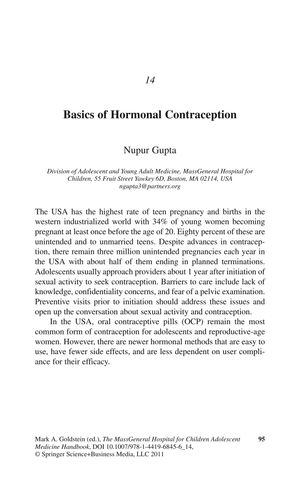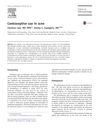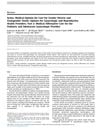Basics of Hormonal Contraception
August 2010
in “
Springer eBooks
”

TLDR Hormonal contraceptives are effective for teens but require careful consideration of side effects and individual health.
The document from August 29, 2010, provides an overview of hormonal contraception methods, focusing on their relevance for adolescents in the context of high teen pregnancy rates in the USA. It outlines the use, efficacy, and side effects of various contraceptives, including oral contraceptive pills (OCPs), the transdermal patch, vaginal ring, injectable contraceptives, subdermal implants, and intrauterine systems. The document emphasizes the non-contraceptive benefits of combined oral contraceptive pills (COCPs), the ease of use of newer hormonal methods, and the importance of medical history and blood pressure checks before initiating birth control. It also discusses concerns about bone mineral density loss associated with depot medroxyprogesterone acetate (DMPA) and presents alternative methods like DMPA-SC, combined injectable contraceptives, and emergency contraception options such as Plan B™ and ulipristal acetate. The document highlights the need for careful consideration of side effects and contraindications, particularly for adolescent users.



